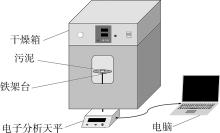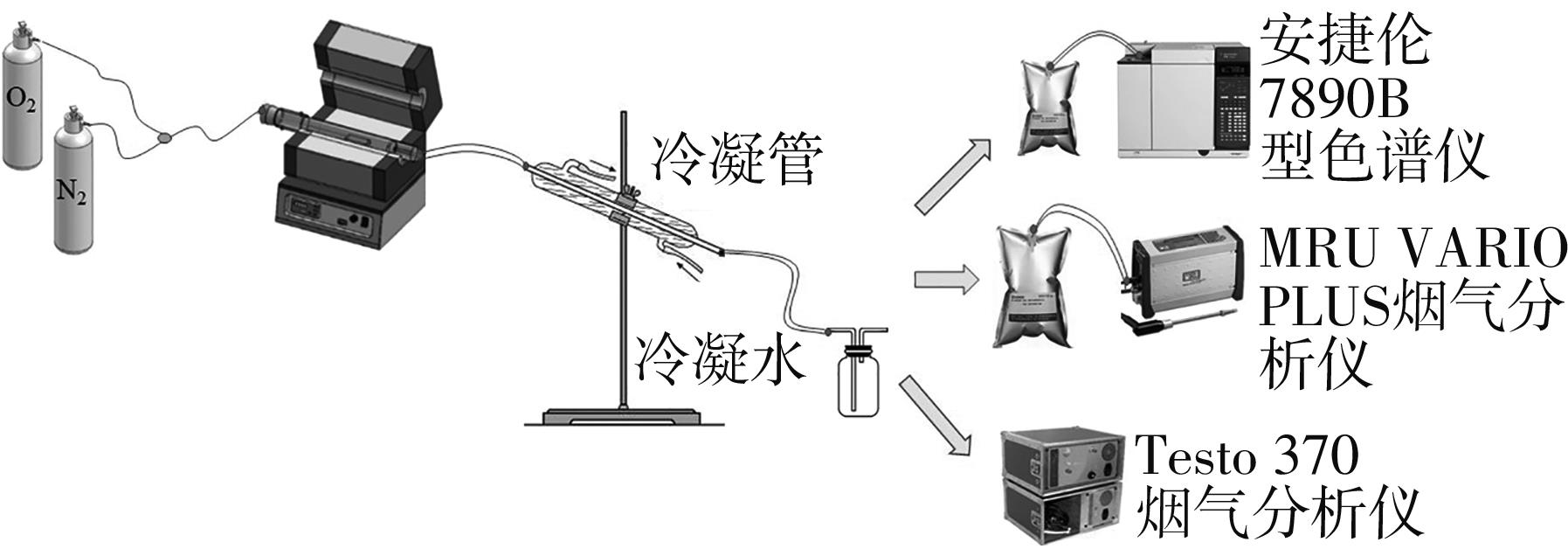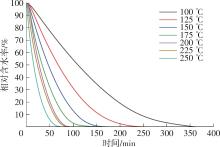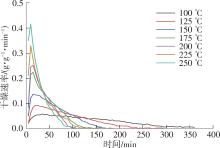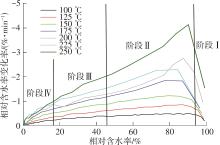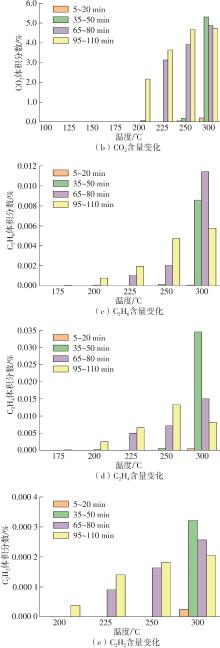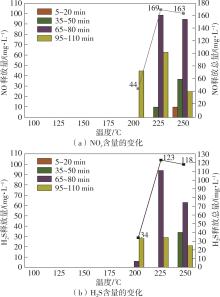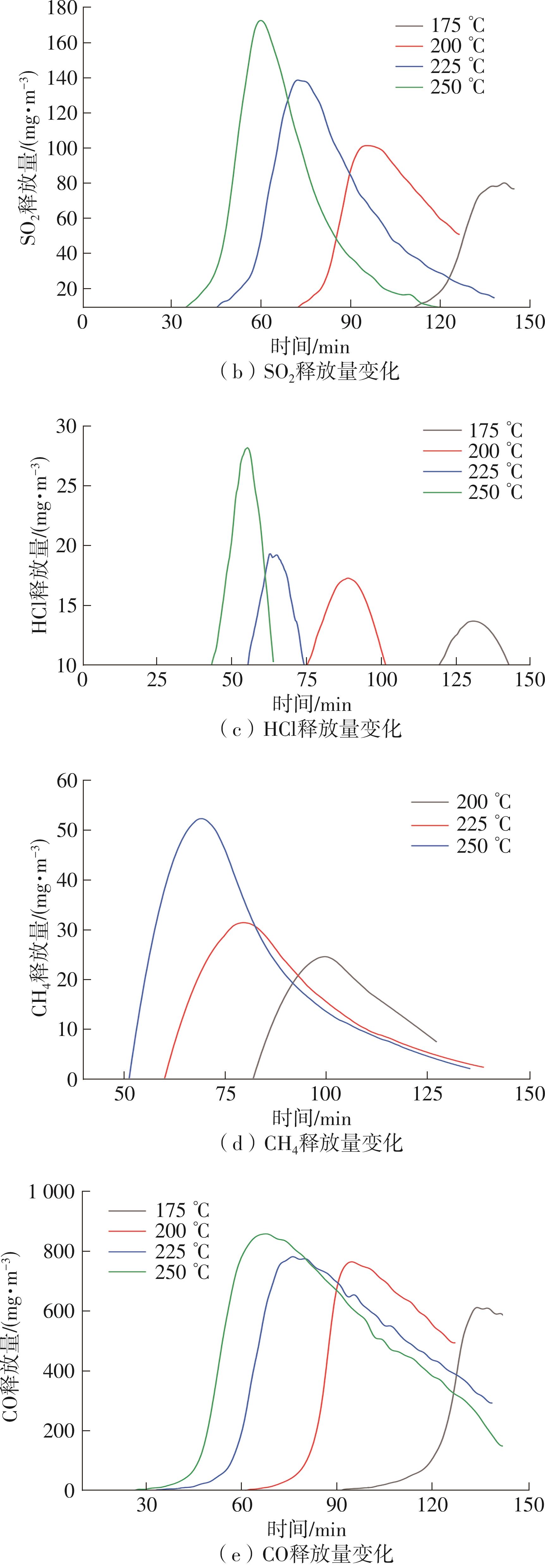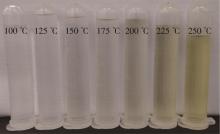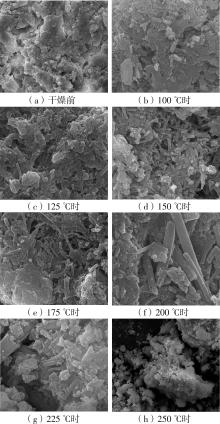| 1 |
YANG G, ZHANG G M, WANG H C .Current state of sludge production,management,treatment and disposal in China[J].Water Research,2015,78:60-73.
|
| 2 |
黄瑛,张董 .国内外污泥处理处置技术研究与应用现状[J].环境工程,2015,33(s1):600-604.
|
|
HUANG Ying, ZHANG Dong .Research and application status of sludge treatment and disposal technology at home and abroad[J].Environmental Engineering,2015,33(s1):600-604.
|
| 3 |
KOBAYASHI N, OKADA K, TACHIBANA Y,et al .Drying behavior of sludge with drying 494 accelerator[J].Dry Technol,2020,38(1/2):38-47.
|
| 4 |
李博,王飞,严建华,等 .污水处理厂污泥干化焚烧处理可行性分析[J].环境工程学报,2012,6(10):3399-3404.
|
|
LI Bo, WANG Fei, YAN Jianhua,et al .Feasibility analysis of sludge drying and incineration treatment in sewage treatment plant[J].Environmental Engineering Journal,2012,6(10):3399-3404.
|
| 5 |
洪博文,薛红琳,车卫彤,等 .污泥干化及协同焚烧处置技术分析[J].能源与节能,2020(6):86-88.
|
|
HONG Bowen, XUE Honglin, CHE Weitong,et al .Analysis of sludge drying and co-incineration disposal technology[J].Energy and Energy Conservation,2020(6):86-88.
|
| 6 |
邓文义,严建华,李晓东,等 .造纸污泥干化及焚烧系统污染物排放特性[J].燃烧科学与技术,2008(6):545-550.
|
|
DENG Wen-yi, YAN Jian-hua, LI Xiao-dong,et al .Papermaking sludge drying and pollutant emission cha-racteristics of incineration systems[J].Combustion Science and Technology,2008(6):545-550.
|
| 7 |
鲁南,李博,王飞,等 .深圳市污水处理厂剩余污泥干化特性研究[J].环境污染与防治,2011,33(10):59-62,72.
|
|
LU Nan, LI Bo, WANG Fei,et al .Study on the drying characteristics of surplus sludge in Shenzhen sewage treatment plant[J].Environmental Pollution and Control,2011,33(10):59- 62,72.
|
| 8 |
汪家兴,刘欢,刘鹏,等 .深度脱水污泥的热干化特性[J].化工学报,2017,68(6):2491-2500.
|
|
WANG Jiaxing, LIU Huan, LIU Peng,et al .Thermal drying characteristics of deeply dewatered sludge[J].CIESC Journal,2017,68(6):2491-2500.
|
| 9 |
GOMEZ-RICO M F, FULLANA A, FONT R .Volatile organic compounds released from thermal drying of se-wage sludge[J].WIT Transactions on Ecology and the Environment,2008,111:425-433.
|
| 10 |
WANG J, SALMAN C A, WANG B,et al .Integrating sludge drying in biomass fueled CHP plants[J].Energy,Ecology and Environment,2021,6(1):1-12.
|
| 11 |
PARLAK N, OZDEMIZ S, YETILMEZSOY K,et al .Mathematical modeling of thin-layer solar drying of poultry abattoir sludge[J].International Journal of Environmental Research,2021,15(1):177-190.
|
| 12 |
GUO J L, ZHENG L, LI Z F .Microwave drying behavior,energy consumption,and mathematical modeling of sewage sludge in a novel pilot-scale microwave drying system[J].Science of the Total Environment,2021,777:146109.
|
| 13 |
LI X, HU YN, CHEN L,et al .Method for improving of activated sludge drying by the appropriate foaming pre-treatment[C]∥Proceedings of the E3S Web of Conferences.Dali:EDP Sciences,2021:02038.
|
| 14 |
MA X-W, WENG H-X, ZHANG J-J .Difference and cause analysis of drying characteristics of different shapes sludge[J].China Environmental Science,2011,31(5):803-809.
|
| 15 |
LI B, WANG F, CHI Y,et al .Study on optimal energy efficiency of a sludge drying-incineration combined system[J].Journal of Material Cycles and Waste Management,2014,16(4):684-692.
|
| 16 |
YANG J, YU W, LI P S,et al .Experimental study on drying characteristics of sewage sludge at low temperature[C]∥Proceedings of the 6th International Symposium on Coal Combustion.Wuhan:Huazhong University of Science & Technology Press,2007:576-581.
|
| 17 |
LI H, ZOU S X, LI C C .Liming pretreatment reduces sludge build-up on the dryer wall during thermal drying[J].Drying Technology,2012,30(14):1563-1569.
|
| 18 |
AVSAR Y, SARAL A, ILHAN F,et al .Vacuum-assisted thermal drying of wastewater treatment sludge[J].Journal of the Air & Waste Management Association,2021,71(3):293-303.
|
| 19 |
俞燕,胡晓亮,施捷,等 .污泥干化全流程废气治理研究[J].中国设备工程,2021(14):253-254.
|
|
YU Yan, HU Xiaoliang, SHI Jie,et al .Research on waste gas treatment in the whole process of sludge drying[J].China Equipment Engineering,2021(14):253-254.
|
| 20 |
翁焕新,章金骏,刘瓉,等 .污泥干化过程氨的释放与控制[J].中国环境科学,2011,31(7):1171-1177.
|
|
WENG Huanxin, ZHANG Jinjun, LIU Zan,et al .Release and control of ammonia during sludge drying process[J].China Environmental Science,2011,31(7):1171-1177.
|
| 21 |
刘亚军,王磊,邓文义,等 .市政污泥热力干化污染物排放研究[J].广东化工,2017,44(23):13-14.
|
|
LIU Yajun, WANG Lei, DENG Wenyi,et al .Research on pollutant discharge from thermal drying of municipal sludge[J].Guangdong Chemical Industry,2017,44(23):13-14.
|
| 22 |
LI T, FAN Y, LI H,et al .Excess sludge disintegration by discharge plasma oxidation:efficiency and underlying mechanisms[J].Science of the Total Environment,2021,774:145127.
|
| 23 |
XU D, LI J, LIU J,et al .Rapid aerobic sludge granulation in an integrated oxidation ditch with two-zone clarifiers[J].Water Research,2020,175:115704.
|
| 24 |
汤连生,张龙舰,罗珍贵 .污泥中水分布形式划分及脱水性能研究[J].生态环境学报,2017,26(2):309-314.
|
|
TANG Liansheng, ZHANG Longjian, LUO Zhengui .Study on the distribution of water in sludge and its dewatering performance[J].Journal of Ecological Environment,2017,26(2):309-314.
|
| 25 |
陈泽成,黄汉廷,韦献革,等 .污泥干化废气特性及其治理技术研究进展[J].环境保护科学,2020,46(5):66-73.
|
|
CHEN Zecheng, HUANG Hanting, WEI Xiange,et al .Research progress on the characteristics of sludge drying waste gas and its treatment technology[J].Environmental Protection Science,2020,46(5):66-73.
|
| 26 |
周杰,吴敏,牛明星,等 .污泥干化过程恶臭气体释放的研究进展[J].中国给水排水,2015,31(4):25-27.
|
|
ZHOU Jie, WU Min, NIU Mingxing,et al .Research progress on the release of odorous gases during sludge drying[J].China Water & Wastewater,2015,31(4):25-27.
|
| 27 |
丁洁华 .污泥热干化过程恶臭污染物排放特性研究[D].廊坊:华北科技学院,2017.
|
| 28 |
魏盟盟,刘帅,桂本,等 .污泥中脂肪族硫低温热解下含硫气体的释放特性[J].燃烧科学与技术,2015,21(1):71-76.
|
|
WEI Mengmeng, LIU Shuai, GUI Ben,et al .Release characteristics of sulfur-containing gas under low-temperature pyrolysis of aliphatic sulfur in sludge[J].Combustion Science and Technology,2015,21(1):71-76.
|
| 29 |
郦春蓉 .市政污泥间壁式干燥过程污染物排放研究[J].广东化工,2019,46(12):49-50.
|
|
LI Chunrong .Research on pollutant emission during the partition drying process of municipal sludge[J].Guangdong Chemical Industry,2019,46(12):49-50.
|
| 30 |
李安峰,骆坚平,黄丹,等 .污泥干化冷凝水水质特征分析[J].环境工程学报,2015,9(1):253-256.
|
|
LI Anfeng, LUO Jianping, HUANG Dan,et al .Analysis of water quality characteristics of sludge drying condensate[J].Environmental Engineering Journal,2015,9(1):253-256.
|
| 31 |
王兴润,金宜英,王志玉,等 .污水污泥间壁热干燥实验研究[J].环境科学,2007(2):407-410.
|
|
WANG Xingrun, JIN Yiying, WANG Zhiyu,et al .Experimental study on thermal drying of sewage sludge partition[J].Environmental Science,2007(2):407-410.
|
| 32 |
牛宇锟 .污泥低温碳化裂解液资源化技术研究[D].太原:太原理工大学,2020.
|
